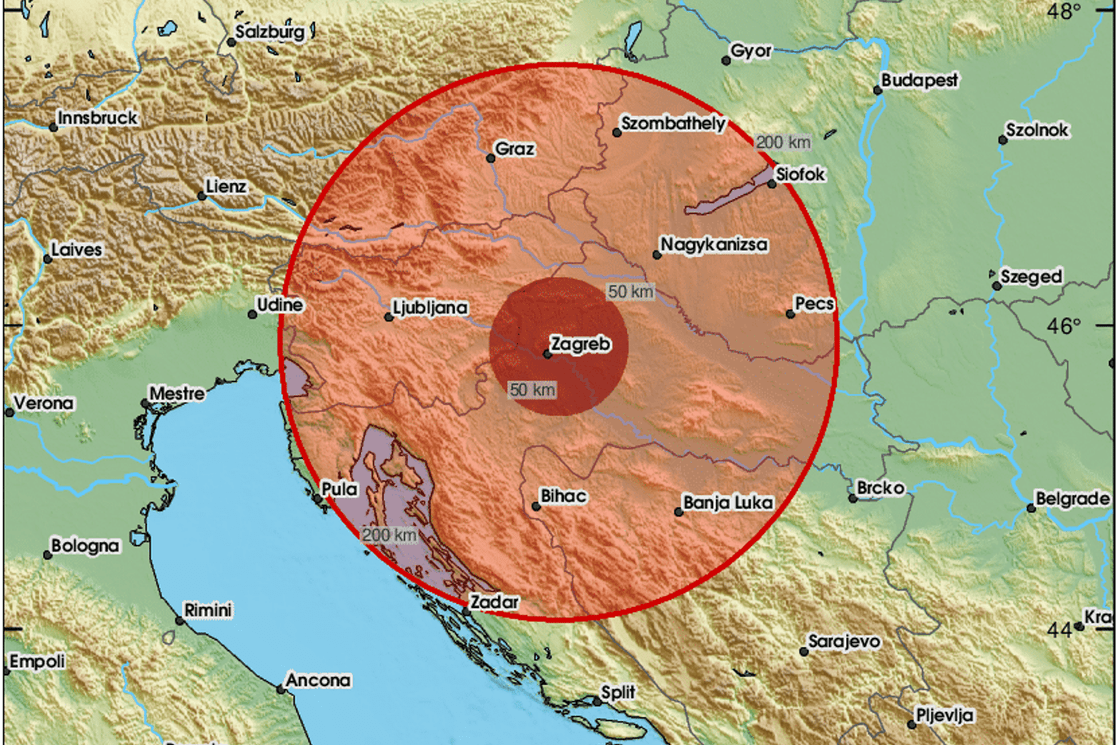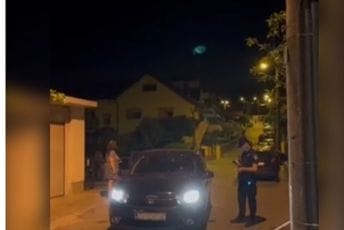A minor earthquake of magnitude 1.3 on the Richter scale struck Zagreb on Saturday evening, with the epicenter located 7 kilometers northwest of the city at a very shallow depth of less than one kilometer. Although the quake was weak and brief, it was clearly felt in some parts of the city, especially in Zagreb’s Dubrava, Dankovec, Kašina, and Markuševec neighborhoods. Seismological services confirmed these details. Similar earthquakes have been recorded in the region, such as a magnitude 2.7 earthquake near Kula, Serbia, with an epicenter at about 5 kilometers depth.
Political Perspectives:
Left: Left-leaning sources tend to emphasize the human impact of the earthquake, focusing on the experiences of residents who felt the tremors and the responsiveness of local authorities and emergency services. They may also highlight the need for better urban planning and infrastructure resilience in earthquake-prone areas.
Center: Center-leaning sources report the earthquake in a factual and neutral manner, providing details about the magnitude, epicenter, and affected areas. They include official statements from seismological services and may mention similar seismic activity in the region without much editorializing.
Right: Right-leaning sources may focus on the implications for public safety and infrastructure, sometimes linking the event to broader discussions about government preparedness and resource allocation. They might also emphasize the rarity of such events and reassure the public about the low risk posed by this particular quake.










